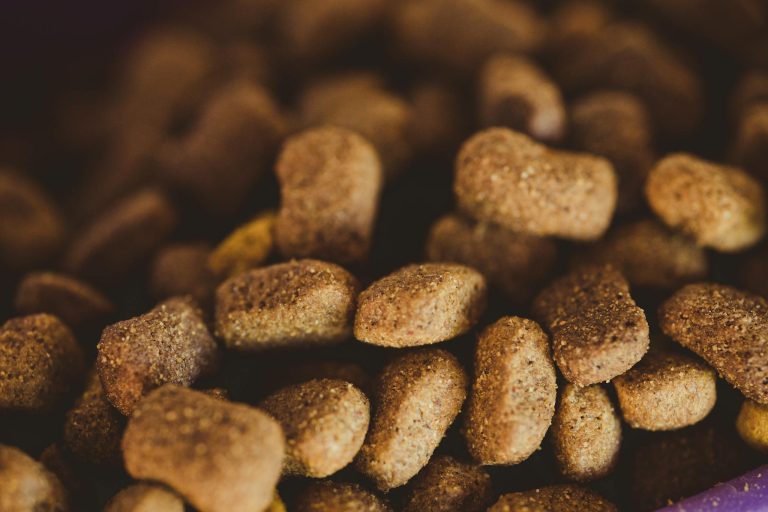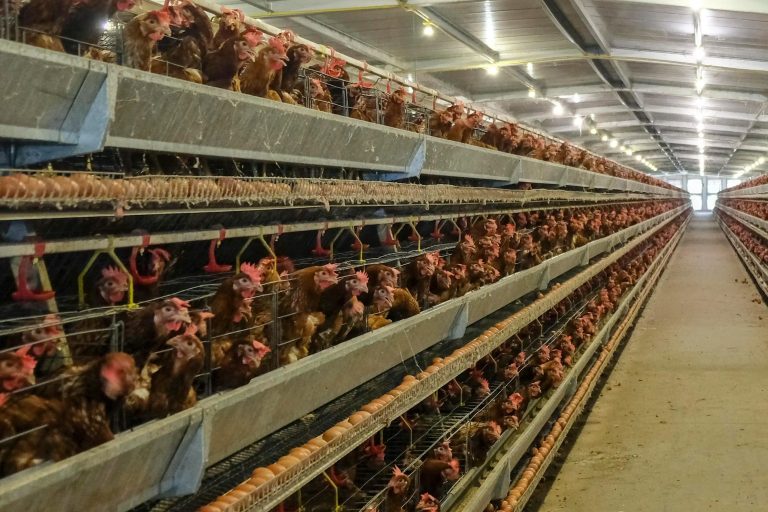What is Dicalcium Phosphate (DCP)? It is a versatile calcium-phosphorus source widely used in animal feed. Its balanced composition, safety, and cost-effectiveness make it a cornerstone in modern animal nutrition. Compared to MCP and TCP, DCP offers a middle ground between cost and bioavailability, ensuring adequate skeletal development, metabolic function, and productivity in livestock. With the growing demand for animal protein, the role of DCP in sustainable agriculture and nutrition is expected to continue expanding.
1. What is Dicalcium Phosphate
Dicalcium phosphate (DCP) is one of the most widely used calcium and phosphorus sources in animal nutrition. Its balanced ratio of calcium (Ca) and phosphorus (P) makes it an essential additive for bone development, energy metabolism, and overall health in animals. In the global feed market, DCP is considered a critical ingredient because it provides two of the most deficient minerals in livestock diets: calcium and phosphorus (Ravindran et al., 2006).
This article provides a comprehensive overview of what dicalcium phosphate is, including its chemical characteristics, production methods, industrial applications, comparison with other phosphate additives, and quality control requirements.
2. Chemical Definition and Properties
- Chemical Formula: CaHPO₄·2H₂O (dihydrate) or CaHPO₄ (anhydrous)
- Molecular Weight: 172.09 g/mol (dihydrate)
- Appearance: White, odorless crystalline powder or granules
- Solubility: Poorly soluble in water, but soluble in dilute acids
- Calcium Content: ~23%
- Phosphorus Content (P₂O₅ basis): ~18.5%
Key Characteristics
- Neutral pH, non-hygroscopic, stable under normal storage conditions.
- High bioavailability of phosphorus and calcium compared to rock phosphate.
- Available in feed grade, food grade, and pharmaceutical grade.
3. Production Process of Dicalcium Phosphate
The main production route involves the neutralization of phosphate rock with mineral acids, followed by purification and crystallization.
Simplified Process Flow
- Raw Material: Natural phosphate rock (fluorapatite).
- Acidulation: Treatment with sulfuric acid (H₂SO₄) or hydrochloric acid (HCl) to produce phosphoric acid.
- Neutralization: Reacting phosphoric acid with calcium carbonate (CaCO₃) or quicklime (CaO).
- Crystallization & Drying: Formation of CaHPO₄·2H₂O (dicalcium phosphate dihydrate).
- Finishing: Drying, grinding, or granulating for feed and industrial applications.
Variants
- DCP Dihydrate (CaHPO₄·2H₂O): Most common in the feed industry.
- DCP Anhydrous (CaHPO₄): Used in pharmaceuticals and food additives due to higher purity.
4. Applications of Dicalcium Phosphate
In Animal Nutrition (Feed Grade)
Dicalcium phosphate feed grade is a major source of Ca and P for livestock, poultry, and aquaculture. Both minerals are essential for:
- Bone growth & skeletal development
- Milk and egg production
- Energy metabolism (ATP synthesis)
- Reproductive health
| Species | Benefits of DCP Supplementation |
|---|---|
| Poultry | Improves eggshell quality, bone strength, and feed efficiency. |
| Swine | Enhances litter size, growth rate, and carcass quality. |
| Ruminants | Reduces risk of rickets, improves milk yield. |
| Aquaculture | Boosts survival rate, growth, and feed utilization in fish/shrimp. |
5. Comparison with Other Phosphate Additives
| Property / Additive | Dicalcium Phosphate (DCP) | Monocalcium Phosphate (MCP) | Tricalcium Phosphate (TCP) |
|---|---|---|---|
| Formula | CaHPO₄·2H₂O | Ca(H₂PO₄)₂ | Ca₃(PO₄)₂ |
| Calcium (%) | ~23% | ~16% | ~34% |
| Phosphorus (%) | ~18.5% | ~22.5% | ~18% |
| Solubility in water | Low | High | Very low |
| Bioavailability | Moderate | High | Low |
| Applications | Poultry, swine, ruminants | Poultry starter diets, pets | Mineral supplements, ceramics |
Key Insight: MCP provides higher phosphorus bioavailability, making it preferable for young animals, while DCP is cost-effective and widely used in standard feed formulations.
6. Quality Control and Specifications
For feed-grade DCP, international standards (e.g., EU FAMI-QS, Chinese GB standards, and US FDA guidelines) specify critical quality parameters:
- Assay (P₂O₅): ≥ 18%
- Calcium Content: ≥ 21%
- Moisture: ≤ 5%
- Fluoride (F): ≤ 0.18% (toxic if high)
- Heavy Metals: Pb ≤ 30 ppm, As ≤ 10 ppm, Cd ≤ 10 ppm
- Particle Size: ≥ 90% passing 0.5 mm sieve (for uniform mixing in feed).
Storage Conditions: Cool, dry, well-ventilated area, away from moisture and strong acids. Shelf life typically 2 years.
7. Global Market and Industry Outlook
The global demand for feed phosphates is driven by the rising consumption of poultry, pork, and aquaculture products. According to Grand View Research (2022), the global feed phosphate market size was valued at USD 2.3 billion in 2021 and is projected to expand at a CAGR of 3.5% from 2022 to 2030. Dicalcium phosphate holds the largest share due to its cost-effectiveness and balanced Ca:P ratio.
Key Exporters
- China: Major producer of cost-effective DCP feed additives.
- Europe: Focuses on high-purity food/pharma-grade DCP.
- North America: Imports for the feed industry, especially in the poultry sector.
8. Safety, Side Effects, and Environmental Concerns
At recommended dietary inclusion levels, DCP is considered safe and non-toxic. However:
- Over-supplementation may lead to calcium-phosphorus imbalance, reducing absorption of other minerals like zinc.
- Excessive phosphorus excretion contributes to environmental eutrophication.
Sustainability trends include the use of recycled phosphates from animal by-products and optimization of animal diets to reduce phosphorus waste.
References
- Grand View Research. (2022). Feed Phosphate Market Size, Share & Trends Analysis Report, 2022–2030. Retrieved from https://www.grandviewresearch.com/industry-analysis/feed-phosphate-market
- Ravindran, V., Abdollahi, M. R., & Bootwalla, S. M. (2006). Nutritional role of dicalcium phosphate in poultry diets. World’s Poultry Science Journal, 62(3), 555–567. https://doi.org/10.1079/WPS200611
- European Food Safety Authority (EFSA). (2018). Scientific opinion on the safety and efficacy of dicalcium phosphate dihydrate as a feed additive. EFSA Journal, 16(7), 5354. https://doi.org/10.2903/j.efsa.2018.5354





